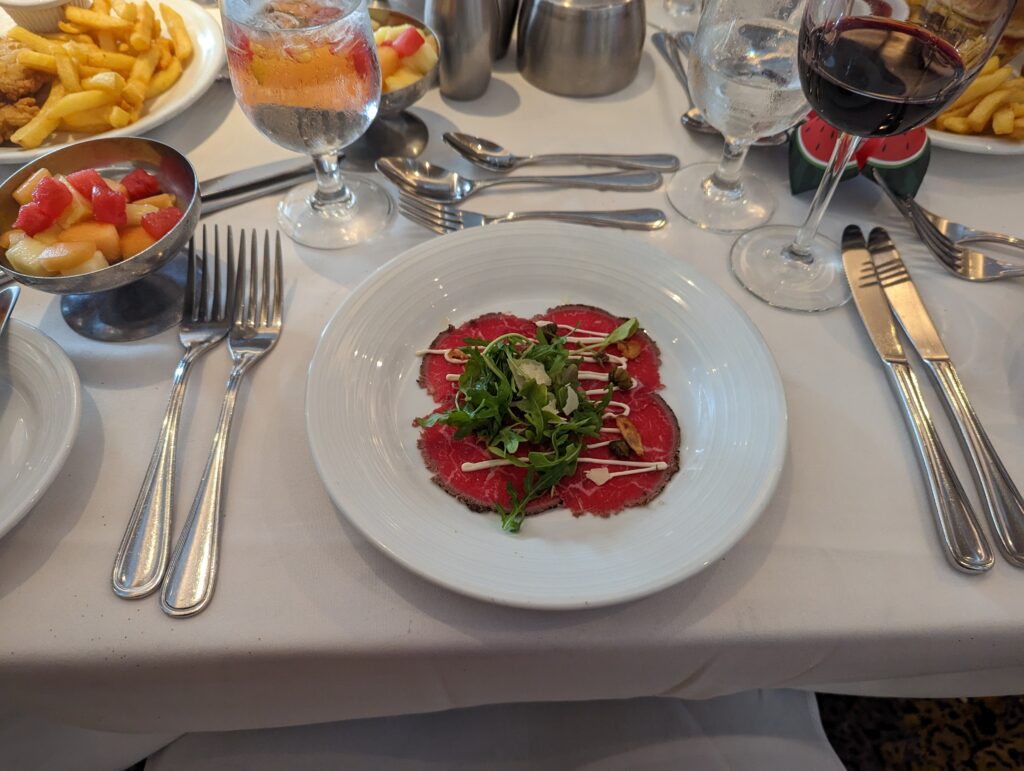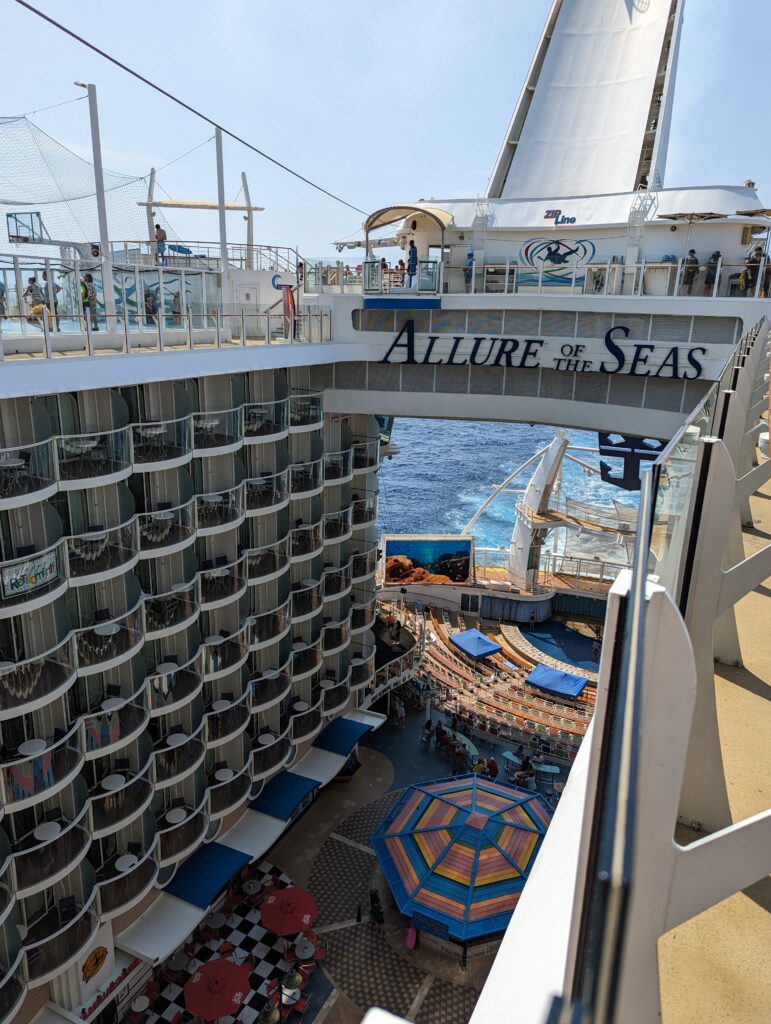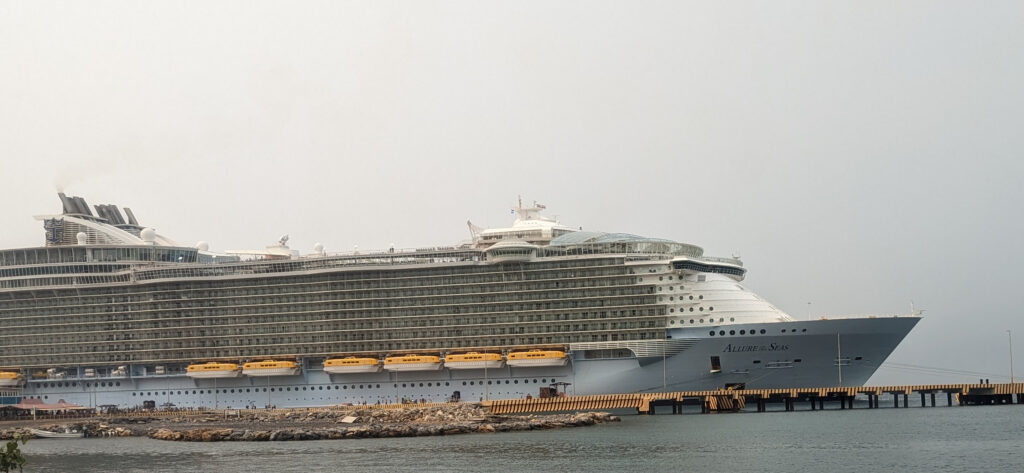You see an advertisement: “Come sail away! Cruises from Galveston now from $249 per person!” That sounds affordable, but can you believe the hype? What about wifi? Drink packages? Gratuities? What will the bottom line really be?
Ah, vacation planning: the journey from that seemingly irresistible starting rate to the final booking, all the while watching your nice plump vacation savings account dwindle. You think you’re signing up for a nice modest vacation, until you start to add up the hidden costs and unexpected extras.
Nobody wants to come home from a relaxing vacation to a painful credit card bill. Plan ahead for these eight true costs of cruising, and your next vacation will be as smooth on the wallet as it is on the waves.
Taxes & Fees
The first, most obvious, addition is in taxes & fees. Every cruise will add these on to the base price, but you’ll have to look closely to see whether the quote or advertisement you are looking at already has the taxes & fees included or not.
General rule of thumb: if you are looking at a quote “per person” or “per night” it is almost always given before taxes and fees. If you are looking at a quote “per cabin” or “per booking” then the standard taxes and fees are generally included.
This is the only true cost of cruising that must be paid along with your cruise fare. Everything else can be budgeted out and paid during the lead-up to your cruise dates!
Gratuities

This item gets second billing because while gratuities are technically optional… they are not really optional at all! The exceptional service you receive on a cruise is part of what makes the experience so special, and your tips go a long way to taking care of the crew members who take such good care of you.
Most mainstream cruise lines will automatically charge you a standard daily tip amount. For example, Royal Caribbean and Carnival each add $16 per person per day (or $18 in a suite) to your onboard account. You can choose to prepay these gratuities before you sail, or you can let them accumulate on your onboard account (offset by any onboard credits you may have!) until you return home.
A few cruise lines (hello, Virgin Voyages!) actually do have gratuities included in your fare. You can always google the name of your cruise line and “gratuities” to get the scoop, or reach out to your favorite travel agent!
Travel Insurance
This one really is optional, but I always recommend considering the option carefully. If anything goes wrong on your travel to the cruise port… well, you can’t exactly just “check in late” when the ship sails away at 4pm, can you?
All of the major cruise lines offer some form of travel protection. Usually, this is something like 100% cash refund for “covered cancellations” – medical emergency or something going terribly wrong – and 75-90% in future credit with the cruise line for any other reason you might cancel. They will also offer some protection for lost luggage, travel to meet up with your ship at another cruise port if you miss the sail away, or if a medical emergency on board requires them to evacuate you to land or back to your home country to receive care.
You can also purchase travel insurance through a third-party provider. This is a great way to get higher limits on your medical evacuation coverage, for example, or to get coverage against something like the cruise line itself going out of business. There are also annual plans available for very frequent travelers, to cover all of your trips small and large throughout the year. You can grab a quick quote for third-party insurance HERE if you’re interested.
The cost of travel protection (or insurance) varies wildly, but you might estimate it very roughly at about $100 per person for a week-long cruise.
Food & Beverages

There is absolutely no shortage of food on a cruise ship. Seriously. If you are new to cruising, plan to eat in the Main Dining Room as often as possible! Experienced cruisers often like to pay extra for specialty restaurants, and there are some fantastic restaurants available… but I’d suggest starting with the included options and save your money for other upgrades.
Drink packages, though, definitely bear consideration. You can always get tap water on a cruise ship, and your drip coffee and certain juices or iced teas, etc. But anything from soda to milkshakes to fancy lattes and alcoholic beverages will require either a charge to your onboard account or a drink package. These packages range from $10 per person per day for soda only, up to $80 or more for everything.
Internet Access
Ah, wifi. Why do we even pretend this is optional anymore?
Seriously, though, some people treat a vacation as a chance to unplug and escape the constant pings of notifications. For me and my family, internet access provides a way to keep in touch with each other and share pictures and stories with our friends and family back home. Plus, the kids love to stream some Netflix for a “chill break” in the afternoon on sea days!
Depending on the cruise line, you can expect internet access to run up to $20 per device per day. Some lines, like Carnival, have different price points depending on what you want to use the internet for – social only, vs web browsing, vs streaming. And some higher end lines like Virgin Voyages include basic wifi in the cruise fare.
Onboard Activities

Cruising is still a fairly all-inclusive way to travel, particularly once you’ve covered any of the packages you want to purchase. However, there are still ways to spend extra on board if you choose to. From massages at the spa, to rides on Carnival’s onboard roller coaster, to cooking classes, to arcade games, to purchasing photos of your group on theme nights, the possibilities are endless. It is worth doing a little bit of research (or talking to your travel agent!) to see what extra cost activities are available on your ship and plan for which ones you want to experience.
Shore Excursions
With all of the incredible amenities and activities on new cruise ships these days (ice skating, go karts, water slides, oh my!), it’s easy to get caught up in the ship as the destination. But in fact, cruising is a traveling experience, so it pays to plan ahead for what you want to do in each new destination as well.
It is always free to simply walk off the ship while in port and explore on your own. There is generally a protected area immediately around the pier, with local-run shops and sometimes even activities right there in the port. Or if you go through customs, you can leave the port area and venture into a more authentic exploration of the area.
Particularly for new cruisers, it is a good idea to start with a pre-planned “shore excursion”. These are activities that are bundled up for you to select, either from the cruise line itself or from a reputable third-party provider such as Shore Excursions Group. Pre-booked activities give you the peace of mind of knowing exactly what to expect, and knowing that someone will be assigned to watch out for you and ensure you make it back to the ship on time. Shore excursions can run anywhere from $30 per person up to $200 or more, depending on what you want to experience.
Don’t forget to account for purchasing lunch in port and any souvenirs while you are there!
Travel to the Departure Port
Let’s not forget that before we actually board the ship… we have to get to its home port!
Flying to Port
For most people, this means airline tickets. Most of the cruise lines offer a service where they will bundle your cruise with a flight. The benefit of this arrangement is that the cruise line then guarantees that either you will make it to the port on time, or they will cover your costs to get you to the next port to meet the ship. This is not a bad deal, but in exchange, you do give up a lot of control around when and how you travel.
I prefer to arrange plane tickets separately, and to fly into the port city the day before my cruise departs. I book a comfortable hotel, and I have the evening “on vacation” to recover from travel and get ready for a relaxing cruise. Plus I get the opportunity to explore the port city itself, like an extra destination! And if anything does go wrong with my flights, I have the peace of mind to know there is time to make other arrangements.
Driving to Port
If you are lucky enough to live within easy driving distance of a cruise port (cheers, Galveston!), this is a great way to minimize the amount of planning that you have to do. I still recommend a hotel the night before if you are driving more than about 2 hours – especially with kids – but the primary travel cost you need to account for is parking during your cruise. It is possible to find hotels that offer “cruise parking” where you stay for one night and then leave your car there for the length of the cruise, but this is fairly rare. My family has found it more reliable to simply pay for a nice indoor parking garage that includes a shuttle with all of our luggage over to the port.
Cruising is a very cost-effective way to travel, offering a chance to sample several different destinations with the comfort of a single “resort” that you return to each night and a single, predictable bill for the experience. As long as you account for these true costs of cruising up front, you can return home relaxed, on budget, and ready to plan your next adventure!

